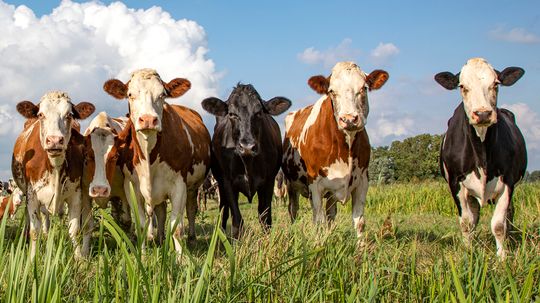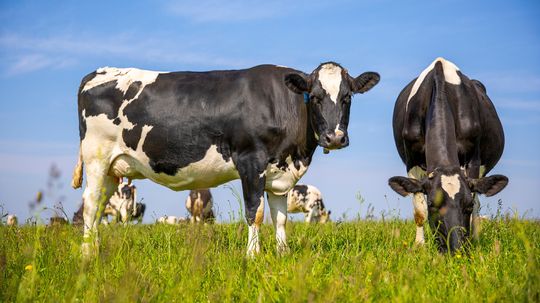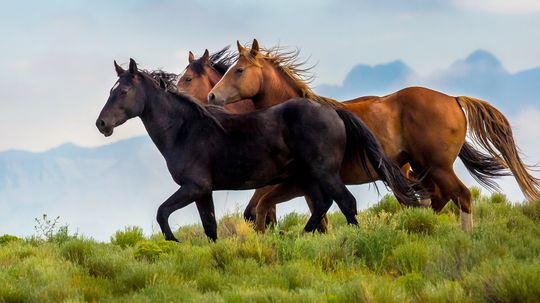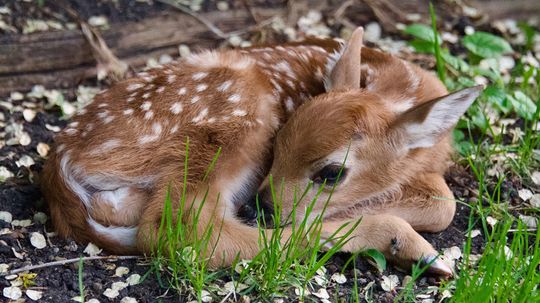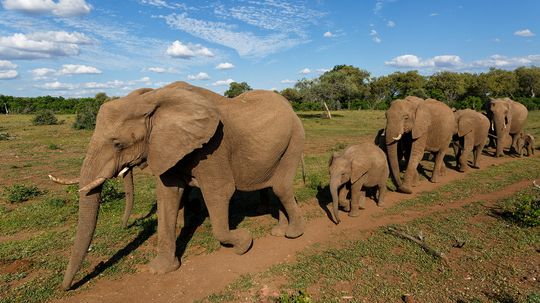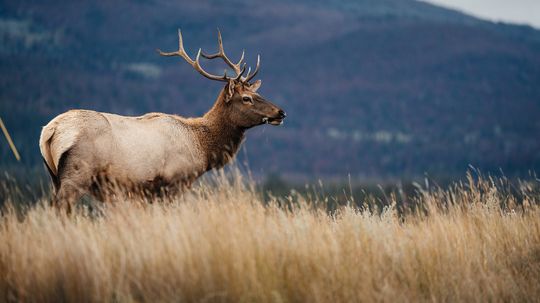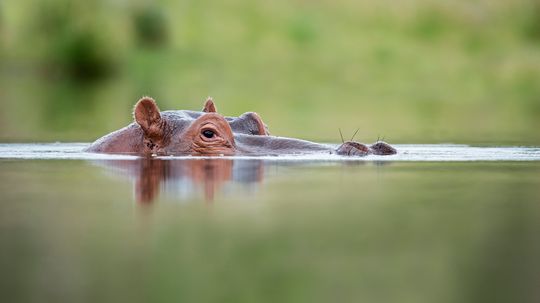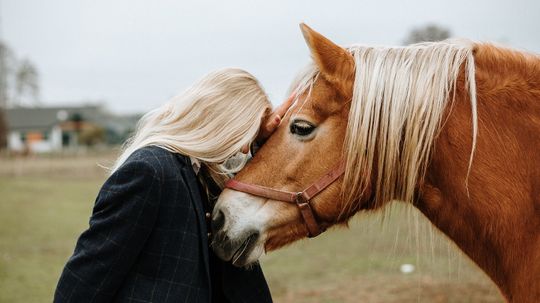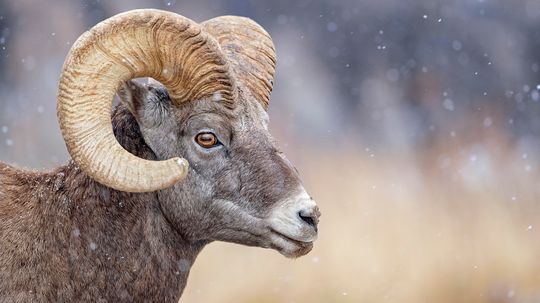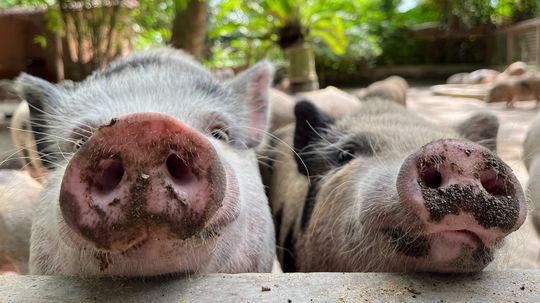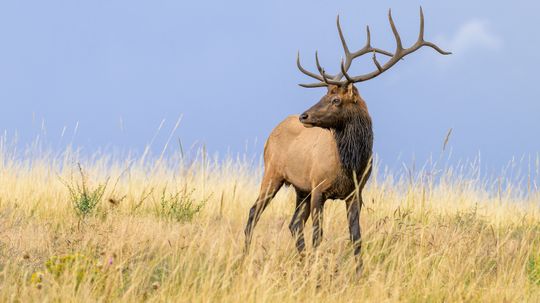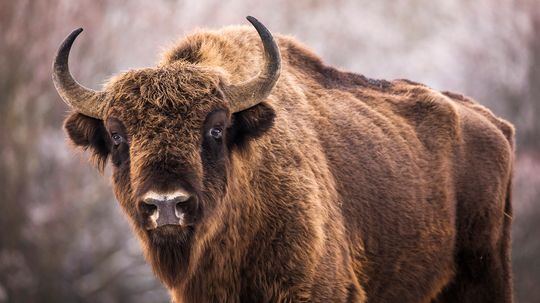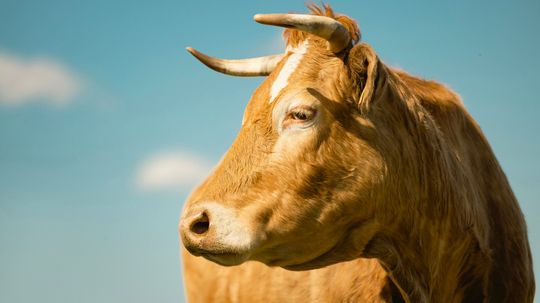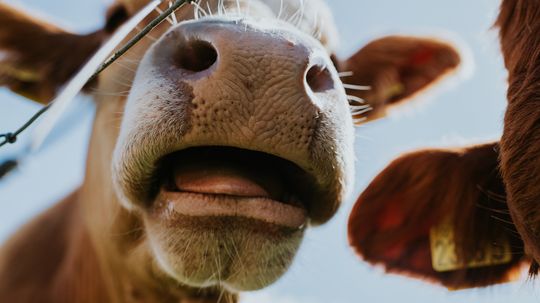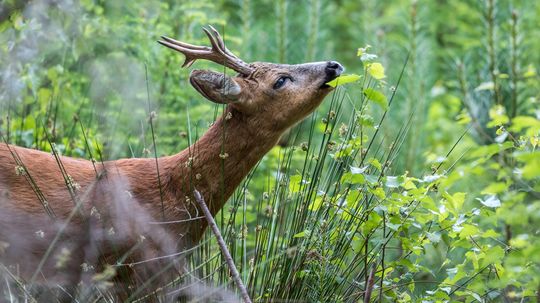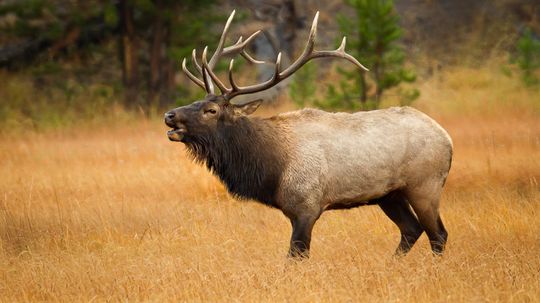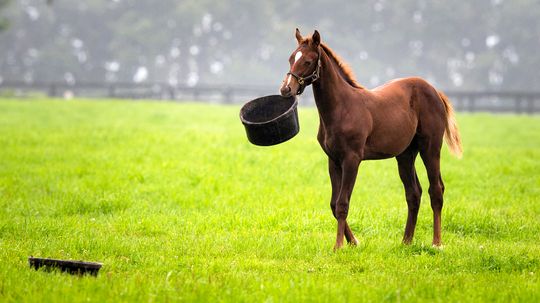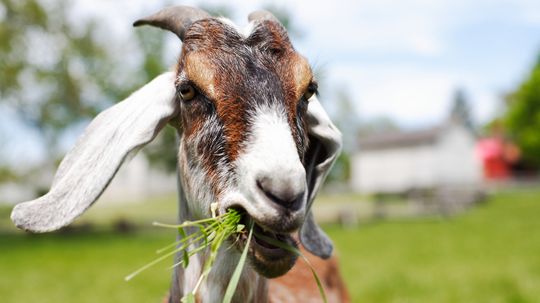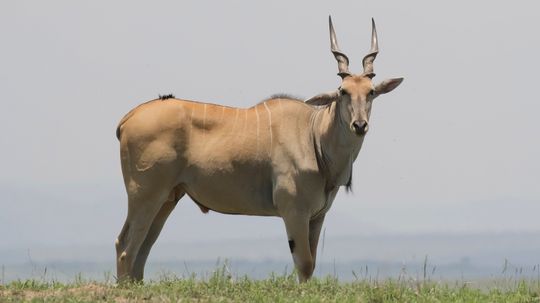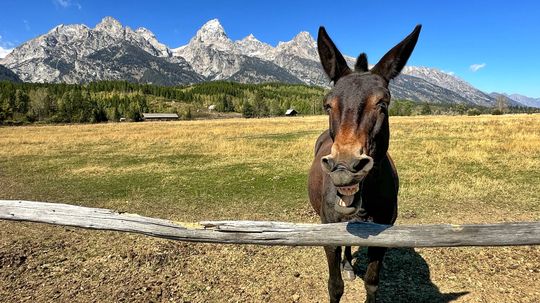Hoofed Mammals
Hoofed animals are generally herbivorious and very diverse. Learn about antelopes, cattle, deer, pigs and sheep.
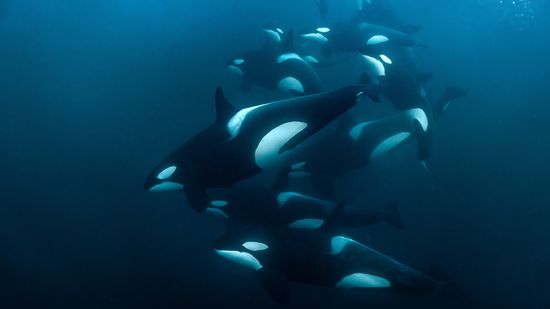
What Is a Group of Orcas Called? Not a School or a Squad But A...
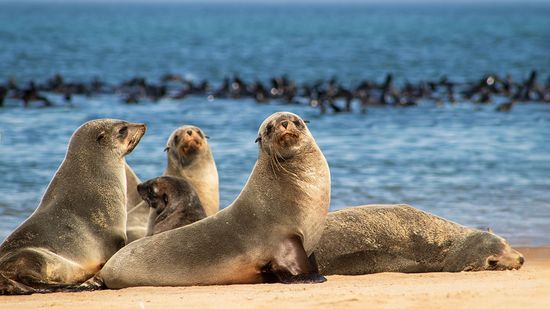
What Is a Group of Seals Called? Depends Where It Is
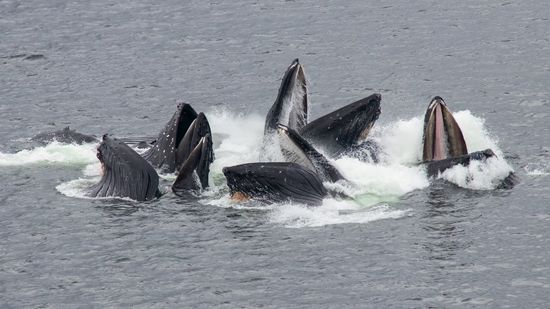
What Is a Group of Whales Called? Pods, Gams, Herds (but Not Schools)
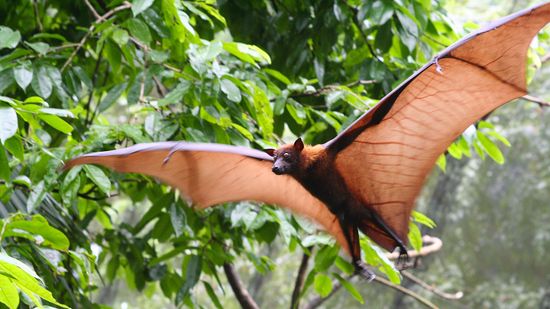
The Largest Bat in the World Has a Wingspan Over 5 Feet

Baby Bats Babble With Moms, Hinting at Human Language Development

Fruit Bats Are the Best Pollinators (and Suppliers of Tequila)

What Is a Group of Pandas Called? We're Blushing
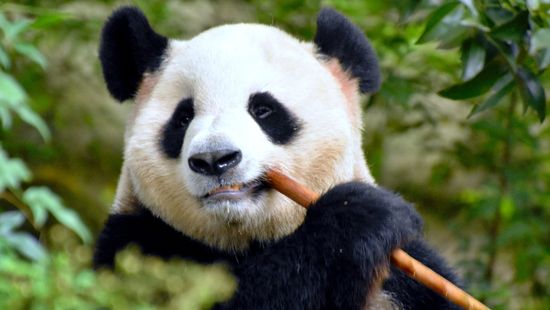
What Do Pandas Eat (Other Than Bamboo)?
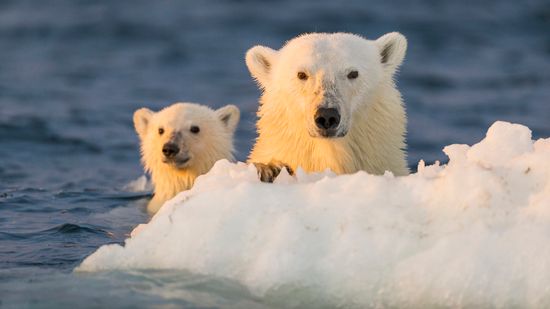
Polar Bear vs. Grizzly Bear: Which Bear Is Bigger and Tougher?
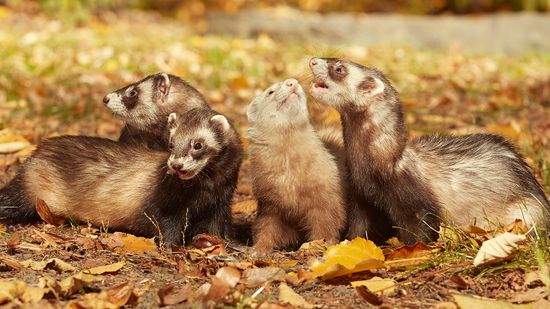
What Is a Group of Ferrets Called? You're Such a Busybody
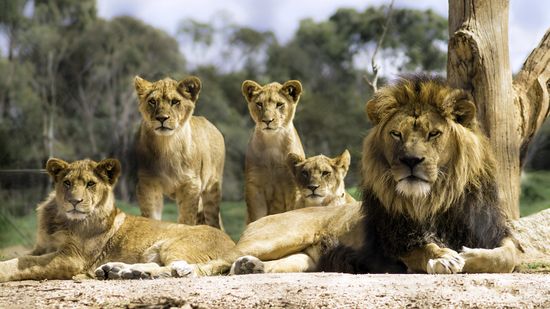
What Is a Group of Lions Called? 'Pride Rock' Makes So Much Sense Now
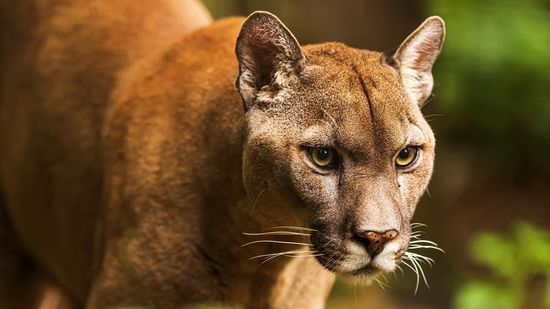
Panther vs. Cougar: Different Names for the Same Cat
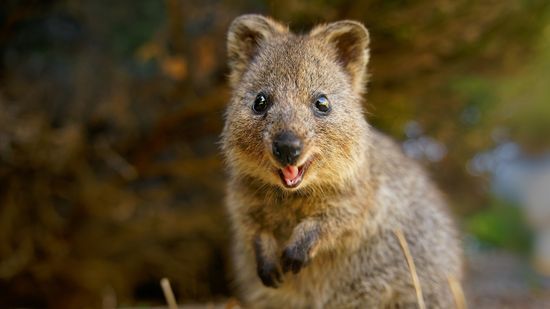
The Happiest Animal on Earth Is the Quokka
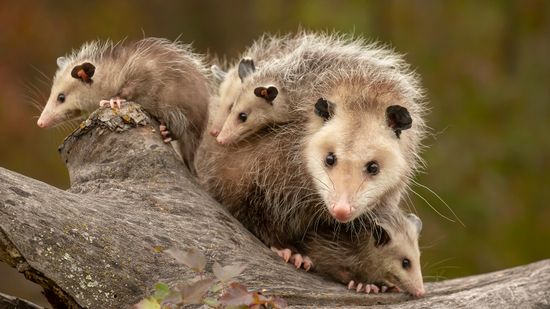
What Do Possums Eat? Most Things, It Turns Out

What's It Like Inside a Kangaroo's Pouch?
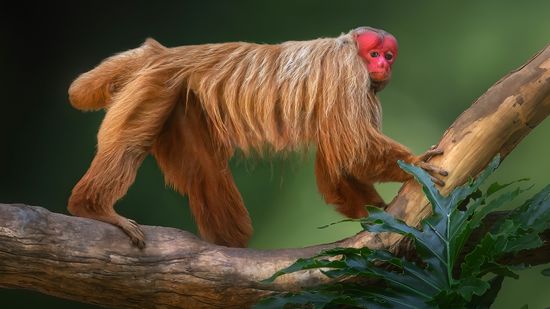
10 'Ugliest' Monkey Species: Unconventional Beauty in Primates

The Tiny Finger Monkey Gets Lonely Without Its Family
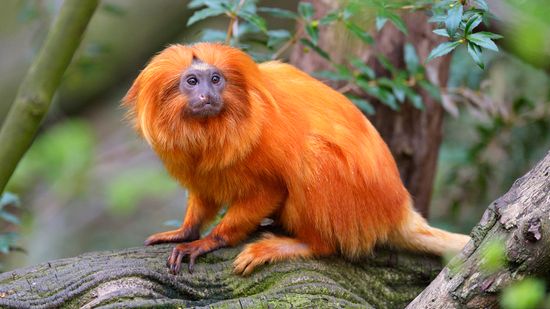
15 Types of Monkeys Climbing Trees All Around the World
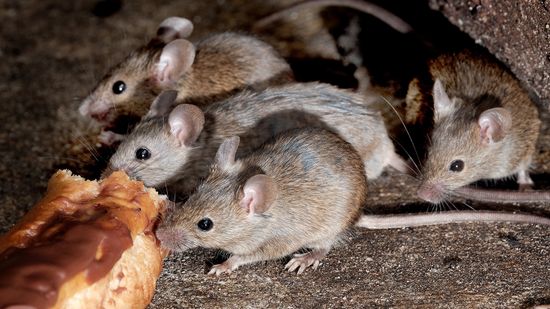
What Is a Group of Mice Called? Not Always a Colony
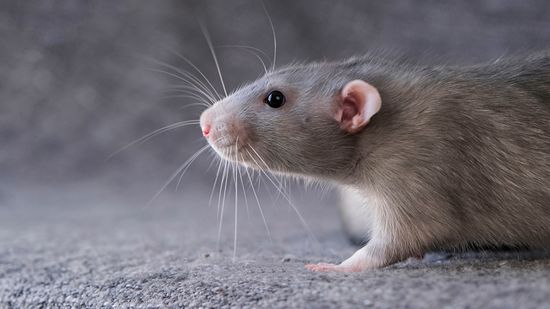
Rat Poop vs. Mouse Poop: Important Differences for Pest Control
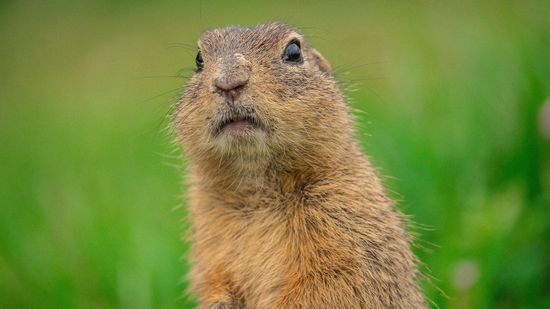
Groundhog vs. Gopher Habits and Identification

What Is a Group of Raccoons Called? It's Surprisingly Elegant
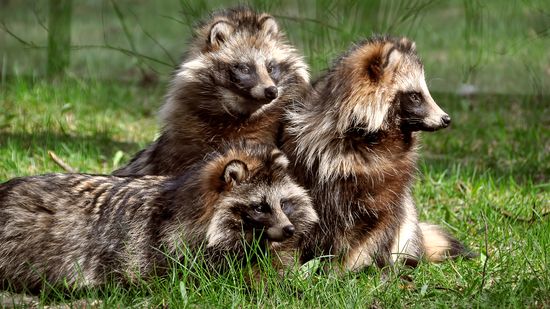
How Can Tanuki Be Both Real and Mythological?
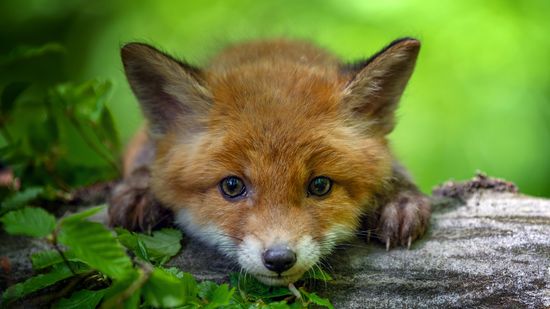
What Is a Baby Fox Called? Kit vs. Cub vs. Pup
Learn More
If you’ve ever asked, "What is a group of cows called," you’re not alone. It’s a common question that dips into farming, linguistics, and a bit of trivia.
By Nico Avelle
If you've ever driven past a pasture dotted with woolly creatures and wondered, "What is a group of sheep called," you're not alone.
By Nico Avelle
Where do cows originate from? Oh, so you're ready to dive into the natural history of one of humanity’s most important domesticated animals.
By Nico Avelle
Advertisement
Where do horses originate from? We don't mean to sound corny, but the answer really does take us on a journey through millions of years of evolution, migration, and domestication.
By Nico Avelle
If you stumble upon a wobbly-legged baby in the woods with big ears and spots on its back, you might wonder, what is a baby deer called?
By Nico Avelle
If you've ever seen elephants moving through the savannah or a dense forest, you might wonder, what is a group of elephants called?
By Nico Avelle
If you're diving into farm life or flipping through books on animals, you might stop and ask: What is a baby goat called? Goats are familiar faces on farms around the world, but their baby names sometimes trip people up.
By Nico Avelle
Advertisement
If you've ever visited a farm or watched an equine video online, you may have wondered, what is a baby horse called? Whether you're learning horse terminology or just curious about animal life, the answer is simpler than you might think.
By Nico Avelle
If you’ve seen several deer grazing together in a field or darting across a forest path, you may have wondered: What is a group of deer called?
By Nico Avelle
Caribou and elk are both majestic members of the deer family, but they are not the same animal. The caribou vs. elk comparison reveals key differences in appearance, behavior, and habitat that set these two species apart (even though they're often confused).
By Nico Avelle
The question of hippo vs. rhino is seriously a heavyweight showdown in the world of wildlife. These massive animals share African habitats but have very different biology, behavior, and reputations.
By Nico Avelle
Advertisement
With over 300 horse breeds in the world, the horse world is mighty diverse. From miniature horses to heavy draft breeds, the types of horses can be grouped by size, temperament and purpose.
By Nico Avelle
Though often confused, rams and goats are two distinct animals with different traits, behaviors, and roles in livestock farming. When comparing ram vs. goat traits, it helps to start with a clear understanding of what each term means.
By Nico Avelle
Hog vs. pig: What’s the difference? If you’ve ever wondered whether the two are just different names for the same animal, you're not alone. While they’re closely related, it's not always correct to use these terms interchangeably.
By Nico Avelle
When you're hiking through the woods or watching wildlife documentaries, you might find yourself wondering about the differences between two majestic creatures: elk vs. deer.
By Nico Avelle
Advertisement
Massive, majestic and deeply woven into the fabric of North American history, the bison is more than just an iconic mammal; it's a symbol of survival and conservation.
By Nico Avelle
If you've ever stood on a farm and wondered about the ox vs. bull debate, you're not alone. These two male bovine animals might look similar, but there's a key difference that sets them apart.
By Nico Avelle
If you've ever driven past a farm and wondered about ox vs. cow differences, you're tapping into a classic question in animal science.
By Nico Avelle
What do deer eat? If you've ever spotted a deer nibbling on leaves or wandering through a meadow, you might have wondered about preferred deer foods. The answer depends on the season, the environment and even the specific species of deer.
By Nico Avelle
Advertisement
Camels: nature’s ultimate desert survivors! But what do camels eat? These incredible animals have adapted to eat some of the toughest, driest and least appetizing plants on Earth. From thorny plants to salty plants, camels manipulate their environment to get the nutrients they need.
By Mack Hayden
Elk vs. moose comparisons are a lot easier to make when you realize that two of the largest members of the deer family differ significantly in size, behavior and appearance.
By Talon Homer
An adult horse should typically eat about 1.5 to 2 percent of its body weight in food each day. This means a 1,000-pound (454-kilogram) horse may eat 15 to 20 pounds (6.8 to 9 kilograms) of hay and grass daily.
By Ada Tseng
Goats are endlessly curious animals famous for their ability to eat just about anything — but don't be fooled. A goat's diet isn't just about munching on random objects; it requires careful balance to keep all the goats healthy and thriving. So, what do goats eat, really?
By Yara Simón
Advertisement
The eland is one of the largest antelopes — and one of the most graceful. Known scientifically as Taurotragus oryx, the eland lives in Africa, mostly in eastern and southern Africa.
By Yara Simón
Since many of us no longer live in small agricultural societies, while you might be familiar with the idea of a mule, you might not know about the specifics of the actual animal.
By Zach Taras
